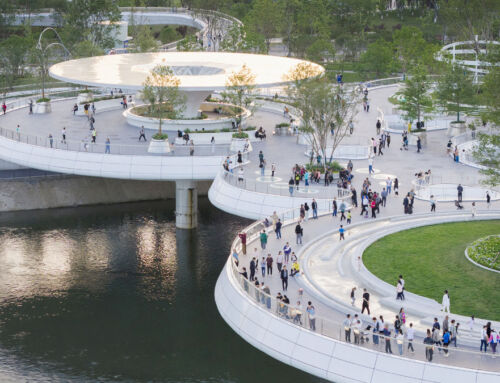The word “architect” is composed from the Greek terms archós (leader, guide) and técton (builder). Literally, the director of a construction. The first documented architect, the Egyptian Imhotep, not only designed pyramids, but he organised and supervised the work on site. And his works endured; his deified figure appears next to the Pharaoh in the inscriptions.
In antiquity, the current separation between architects, engineers, project managers, consultants and surveyors did not exist. Indeed, a separation that neither exists in other manufacturing sectors, where the figure that designs the product is usually also its manufacturer.
The role of master-builder was maintained during the Middle Ages. It is during the Renaissance when the stylistic facets of the architect begin to stand out, his personal signature. A process that culminated during the 19th century, with an increase in project complexity and the formation of separate associations of architects, constructors and engineers.
Public construction work entered into a crisis during the Great Depression of the 30s. Risk perception was exacerbated and to avoid the contractors abandoning in the middle of a job, their provision of mandatory guarantees was legislated. The 1935 Miller Act in the United States resulted in a clear separation between hiring an architect to design the project and the figure of the contractor who would execute it, defining the legal and monetary responsibilities for each.
However, since the end of the 20th century, there has been a gradual return to the figure of “master-builder”. One sole entity hired by the client, which integrates all the professions and assumes all the responsibility from beginning to end. It may be a construction company that subcontracts an architect, or vice versa, an architect that offers execution services.
In both cases, the advantage of this structure lies in the feedback of architectonic and construction considerations, in all the execution phases, an optimisation of costs and delivery times and an improvement in final building quality. It is especially suited to innovative and interdisciplinary projects, such as those we are concerned with in leisure architecture.
In 2006, this modern method already represented more than 50% of public works in the USA. What is curious, is that it means a return to the way of doing things that lasted for millennia.






